Only 13% of 8th Graders Know American history
Combining history with literature and writing is a way forward
Will the spirit of 1776 be alive in 2026, when America turns 250 years-old? Candidly, a new statistic makes me think that spirit of 1776 will be on life support by 2026. Here’ s the sad fact. Only 13% of eighth graders are proficient in American history, according to a recent report by the National Assessment of Educational Progress.
Although this number is not surprising to me, I find it alarming that 87% of eighth graders are not competent in American history. Here is my Fox interview on the topic. This number reflects poorly on America’s public education systems.
A government teacher in South Carolina, Patrick Kelly, explained that he had witnessed a growing emphasis on ensuring students are doing well in reading and math, which is an understandable priority.
“But every minute that you redirect to one place, it’s got to come from somewhere else. And so if literacy interventions don’t have a connection to social studies, then we lose ground in social studies instruction,” Kelly said.
Kelly is correct. What are some solutions? Combining subjects. Education needs to find creative ways of combining subjects. For example, English teachers need to be teaching books about the American Revolution. Storytelling is a great method for teaching history.
I wrote my new book, The Submarine and the Spies: Friendship and Vigilance in the American Revolution with the dual purpose of literature and history. The book follow’s the hero’s journey, which is a story-telling approach taught by English teachers.
Many pop culture movies, such as Lord of the Rings and Star Wars, use the hero’s journey motif, as do classical works such as Homer’s The Iliad and The Odyssey. Hence, an English teacher could use The Submarine and the Spies to teach the hero’s journey while an American history teacher could use the book to teach about the American Revolution. The book includes a study guide for book clubs, classrooms, and home use.
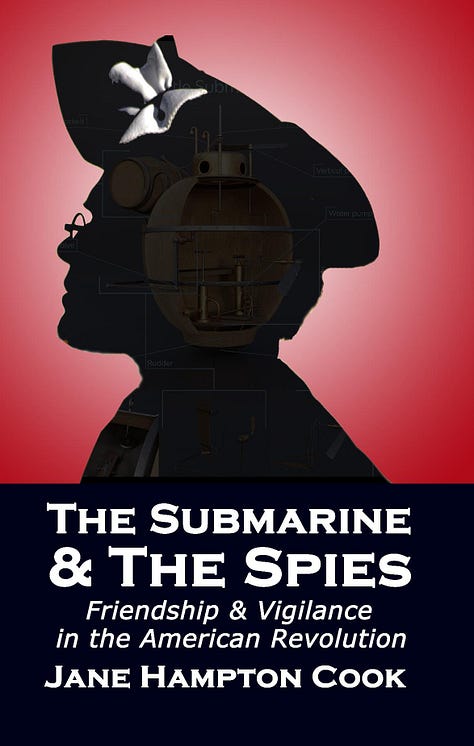

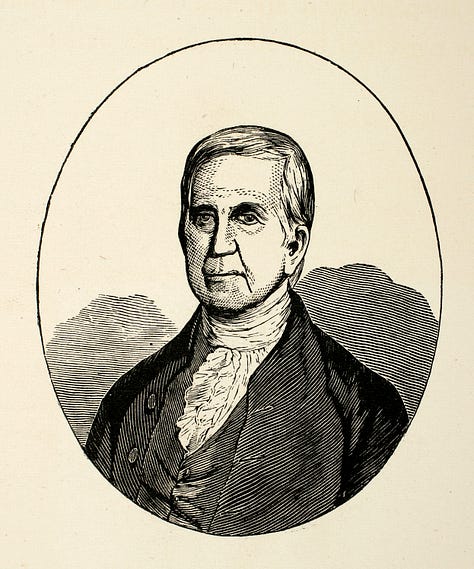

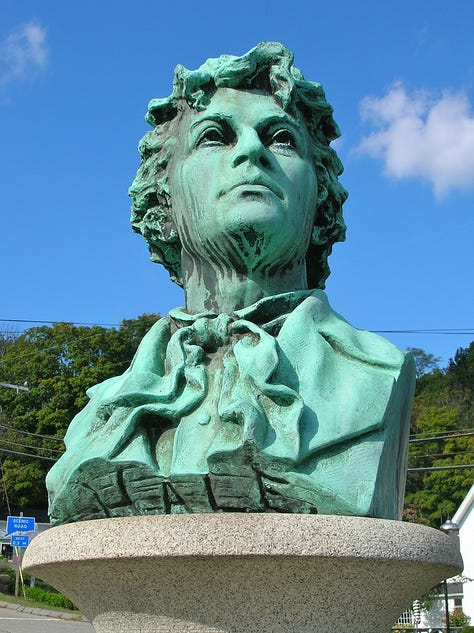
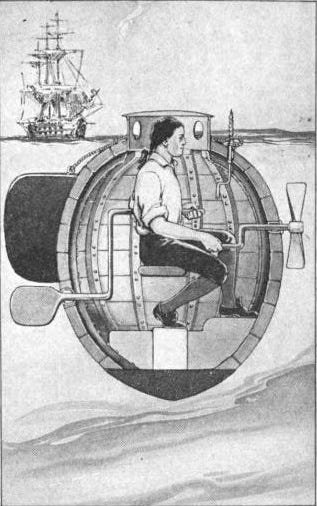

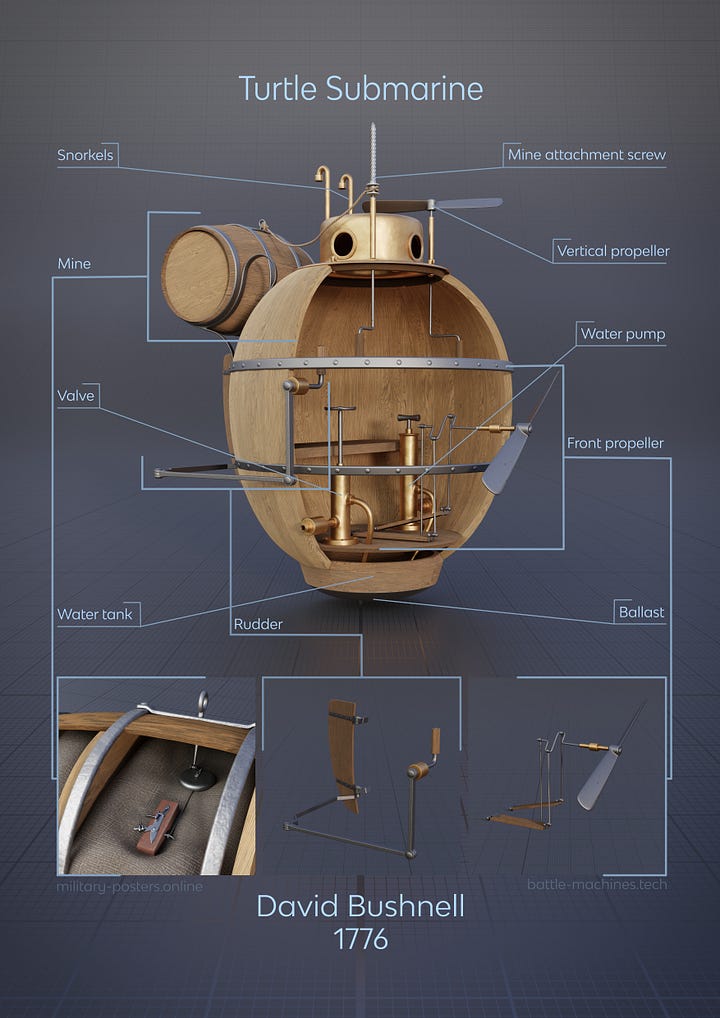
The main characters were real people: Nathan Hale, Benjamin Tallmadge and David Bushnell. They left their world of classical education and football games at Yale College to fight against British tyranny. They return to their homes in Connecticut and Long Island as changed men.
The homeschool market does a great job of combining subjects. For example, I recently attended the national conference for Classical Conversations, which is the largest homeschool organization in the United States. My youngest son, who is nine, participated in Classical Conversations this year. He memorized a set of new facts each week and then attended school once a week with his peers to review the material, make presentations, and participate in science experiments.
We also used Classical Conversations’ writing curriculum, which is published by the Institute for Excellence in Writing (IEW), to teach both writing and history at the same time. My son learned how to write paragraphs while using stories about the Middle Ages as models for his essays. For example, he read about The Battle of Hastings in 1066 while also choosing adjectives and adverbs to dress up his sentences about the battle. IEW also has writing books on American history and ancient history.
Combining American history with reading and writing is a way to repair the ruins of education, which is the theme of another conference I am attending in June for the Association of Classical Christian Schools. Combining subjects is not new. Children in the 1800s learned to read using the McGuffey reader, which included stories about George Washington and the American Revolution. Children learned to read while also learning their nation’s history.
Discover more in my podcast interview with Doug Billings.


